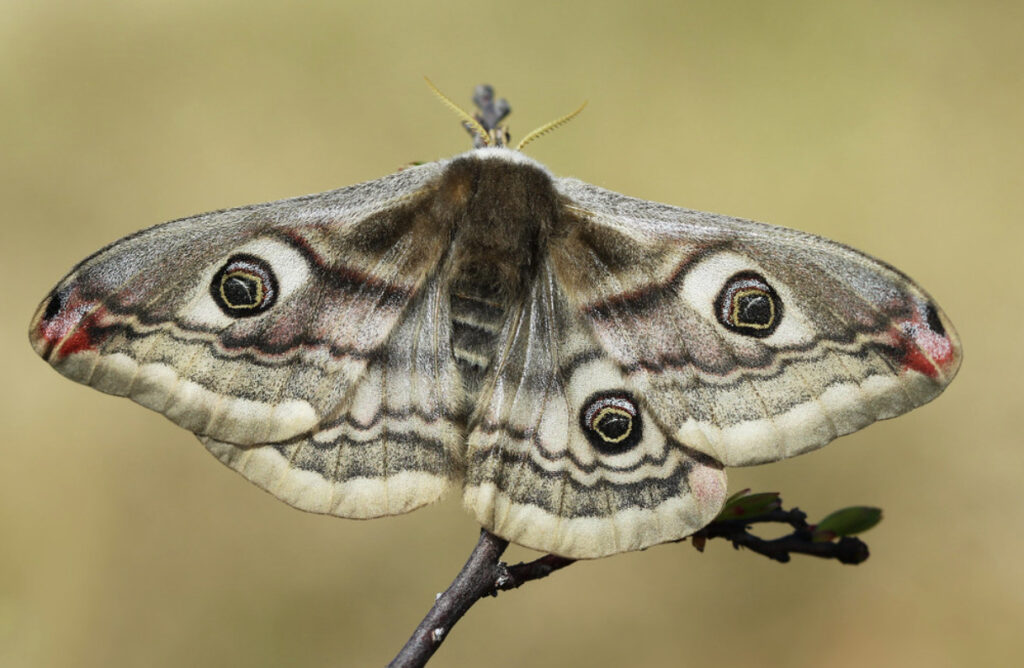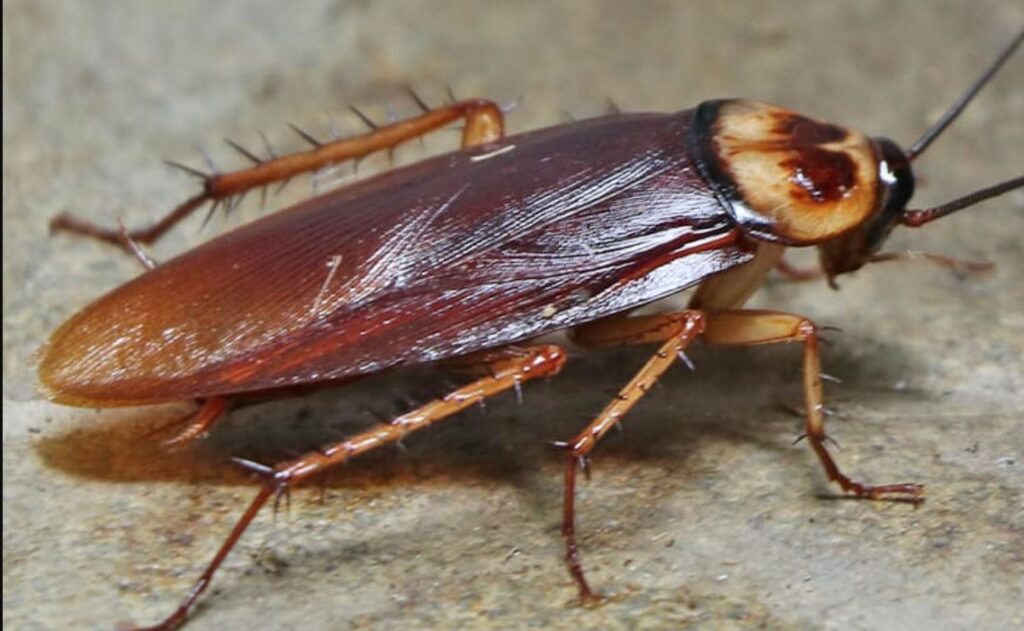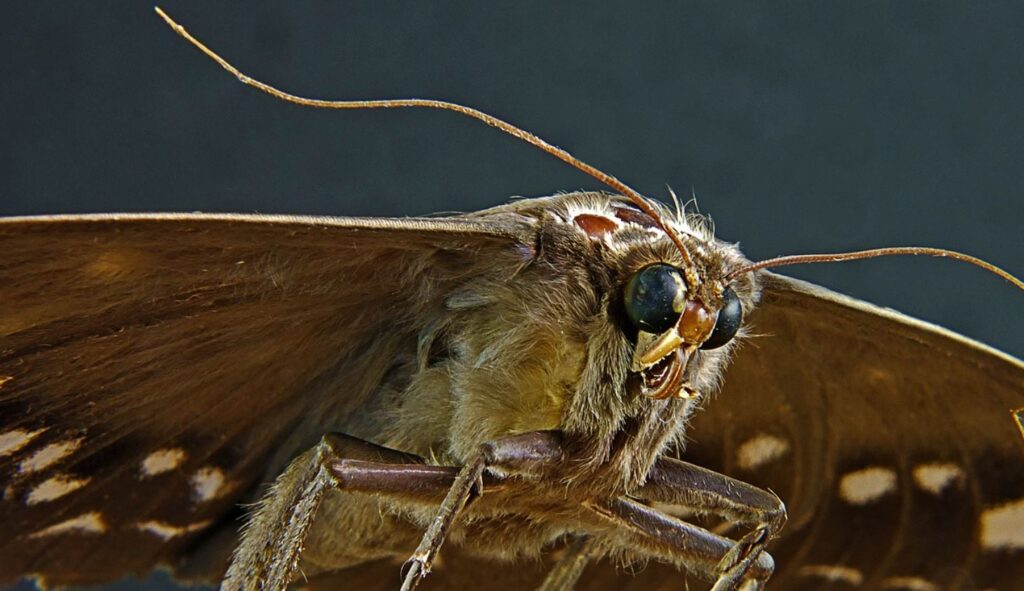DIFFERENCEs BETWEEN A MOTH AND A COCKROACH
Insects are fascinating creatures. They are the most successful of all animals in terms of distribution and survivability. Most have not evolved since hundreds of millions of years ago. And this is a testament to how their physiology is well adapted for all terrains and climate conditions. There is a saying that long after humans are gone from this world, the insects will endure. To date, there are more than a hundred species of insects, and there are more that have yet to be discovered.
In the following sections, we shall focus on two of the more conspicuous insects: moths and cockroaches. Let us compare and contrast these two rodents based on their size, appearance, habitat, diet, behavior, and evolution.
1. SIZE
Moths come in different sizes and colors. Some have a wingspan of about 4 mm. The atlas moth has a wingspan of nearly 30 cm. The atlas moth caterpillar is equal in size and can reach almost 12 cm in length. And it eats and easts constantly, often more than its body weight.
Depending on the species, cockroaches can grow somewhere between 3 mm to 80 mm. There are wingless cockroaches. But some of the winged cockroaches can have wingspans of about 5 inches.
2. APPEARANCE
Although moths come in different colors, they are all relatively drab and dull compared to butterflies. Their wings are scaly and dense compared to butterfly wings. Their bodies are stout and hairy. Unlike butterflies who fold their wings above their backs when resting, moths will spread their wings to their sides. They will also fold their wings against their backs when resting in cramped spaces.

Cockroaches generally have flat bodies that are shaped liked ovals or lozenges. Their antennae are long and very thin. They either appear shiny or leathery. Their abdomens have ten segments, which is where their respiratory system is located.

3. HABITAT
Cockroaches are incredibly hardy creatures that can live nearly anywhere in the world. Cockroaches thrive in almost all environments, even in the arctic regions and the driest deserts. They can live in all spots, from dead and rotting wood to the dark corners under sinks and floorboards.
As long as there is plant matter for their caterpillars to live on, moths will survive. They can be found in diverse areas, from coastal regions to the highest mountain environments. They have also adapted quite well in human settlements.
4. DIET
Unlike butterflies which subsist almost exclusively on nectar and sugars, moths have a more diverse diet. Although moths can feed on nectar and fruit, they will also extract liquid from dung. They can become severe pests in houses because they can feed on pantry items such as flour and cereals. They will also eat pet food, rice, and pasta.
Cockroaches are not picky eaters. They will feed on fresh produce and dead matter. They can eat plant and animal matter. Because they are such prolific eaters, they have adapted very well in human households where edible items are easy to access.
5. BEHAVIOR
The nocturnal moths exhibit an attraction to light as part of a natural response instinct referred to as “positive phototaxis.” In reality, it is the ultraviolet portion of the electromagnetic spectrum that attracts the moth. There are theories that the moth’s attraction to light results from its instinct to use the stars and the moon to orient and navigate. Moths also have a unique defense mechanism. When they are grabbed at their wings, they leave off the scales and flakes so that they can escape.
Cockroaches are social insects. A cockroach that is isolated becomes erratic to the point that it fails to mate. Cockroaches are associated with foul smells. This is because they exude hydrocarbons from their bodies as their means of communicating with and among each other. They even leave their droppings to serve as alerts for other cockroaches.
6. EVOLUTION
Moths are older than butterflies. It is estimated that moths evolved some 190 million years ago. Just like their butterfly relatives, moths evolved during the angiosperm bloom. This is because their caterpillar and adult forms both subsist on plants and flowers.
Cockroaches are believed to have evolved some 359 million years ago. That makes them among the oldest insects in the world. These precursor roach-like insects are also the ancestors of modern termites and mantises. Cockroaches are among the well-documented insects in terms of fossil records. This is because ancient specimens–notably from approximately 99 million years ago–are well preserved in amber. These specimens were primarily found in mines in Myanmar.
Questions and Answers
ARE MOTHS SIMILAR TO BUTTERFLIES?
Yes. They belong to the same order, Lepidoptera. Both have the same life cycle. Despite the differences in their coloration–butterflies are more brightly colored than moths–their wings generally have the same shape. Moths are older than butterflies.
ARE COCKROACHES KEPT AS PETS?
Yes. There are several species of cockroaches, and only about three or four of them are considered pests. Some cockroaches can be kept as pets. As sturdy creatures, they require little maintenance. Some cockroaches are kept as pets simply because they are raised to be food for pet reptiles. Cockroaches should be kept in clean terrariums that are sealed to prevent escape but ventilated. The size of the terrarium should be about 6 times in proportion to the size of a cockroach.
CAN COCKROACHES BE CONSUMED AS FOOD?
Yes. Despite their reputation as gross and foul-smelling vermin, they are now being raised in some regions of the world as an alternative and more sustainable source of protein. They require little space, unlike livestock. It takes little to maintain them. As food, they are protein-rich with no fat at all.
ARE MOTHS HARMFUL?
Yes. Moths can be potentially harmful, but not to humans directly. They can be pests in houses because they can eat anything. They will feed on items in your pantry, such as rice and dried fruit. They will even eat chocolate because of its high sugar content. They can also damage fabrics and textiles.

